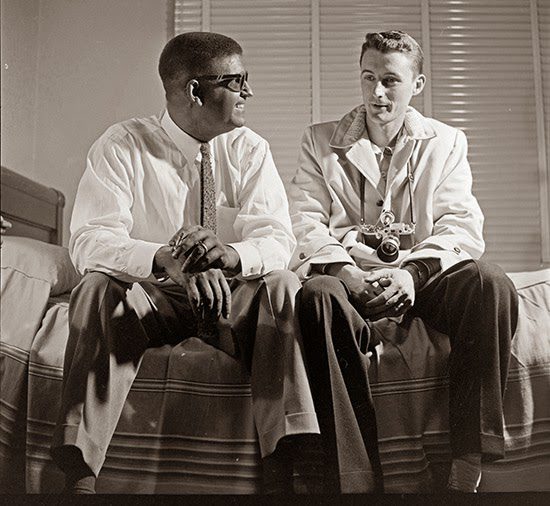To be the subject of a compelling story requires calling the issue to a task outside their comfort zone. Yet, it is necessary for the subject’s survival and the benefit of others.
Donald Miller is a best-selling American author and public speaker based in Portland, Oregon. He writes a great deal about storylines on his blog here http://storylineblog.com/. Miller says that a story is a sense-making device. A good story brings about clarity, whereas our everyday lives seem disjointed.
Miller uses the parallel of music and how it parallels the story. Sounds are just noise until putting they into a form. That form transforms the noise into a piece. A storyline is no different for Miller. The author has put together a series of events to be told through a set form.
Here is the basic formula that Miller uses to tell many stories and movies like the Hunger Games and Star Wars.
The first thing that takes place for a character in a story is a conflict must happen, or you will lose the audience.
Not starting quickly with a conflict is a sure sign of a boring story when you are just enjoying your life and doing everything to keep some normalcy in your life.
Here in this sports photo of a quarterback being pursued by what looks like most of the defense and no one between them, you have all the makings of the story, minus the ending. The character has a problem with getting tackled. He has trained in practice and with the coaching staff to prepare for this moment. All are implying this with the school team uniform. The task is simple to move the ball forward to keep the ball for your team or make a touchdown. The outcome is either a comedy or tragedy.
Here is John Howard Griffin transformed into a black man while he was doing the research for his book Black Like Me. Sitting beside Griffin is the photographer Don Rutledge who followed him, documenting his trials as a black man in the south. Don and John traveled in 1956 at the height of the Civil Rights Movement.
 |
| John Howard Griffin is walking down the street in New Orleans. |
The two of them traveling together through the deep south for the book was extremely dangerous. Paul Guihard was a French journalist covering the Civil Rights Movement in the United States in the 1960s. He was murdered in rioting at the University of Mississippi in Oxford campus after James Meredith attempted to enroll at the all-white school. He was shot in the back at almost point-blank range by an unknown assailant near the Lyceum building. Guihard’s case was closed without success and never re-investigated. In his last dispatch made the very same day, he wrote, “The Civil War has never ended.”
Just taking on this project was a story in itself. Not only was Griffin a character in the story, but Don Rutledge was also transforming through the coverage.
I remember Don trying out new camera systems that would stretch him to learn the new system, which extended his photography. He was always putting himself in new situations to capture unique stories. By the end of his career, he had traveled to more than 150+ countries.
Clarity
Some of the best stories are not the ones that are the big hit in New York Times best books or the blockbusters in Hollywood. Instead, the best stories are the ones that one tells clearly.
You see, our lives are like run-on sentences. What we do throughout our days is often not an excellent sequence for a story. It is pretty disjointed.
A great story starts by establishing the story’s hero and the problem they face in the future.
The best way to grow is to get out of your comfort zone.
I am not qualified
Too often, you will turn down great opportunities because you feel ill-equipped. Hey, that is the problem facing Luke Skywalker. He will go off and meet Yoda to train and have him help him with a game plan.
 |
| I bought this Dodge Viper model for $12 and then spent time lighting an all-black car to make it enjoyable. This was my way of challenging myself for a day in the studio. |
Find a problem
Step One—The first thing to grow as a photographer is to find a problem. Maybe it is a complex story or getting a photo of something from an angle no one has done before. Whatever it is, you need to have a problem you need to tackle.
Step Two—Find a guide to help you find resources through reading, videos, or maybe find someone who can teach you. Most likely, the direction you look to will be someone who has been there and done that.
Step Three—Make an action plan on how you will go forward to deal with your problem.
Step Four—Take action. Don’t procrastinate. Go and get your feet wet.
Step Five—Evaluate yourself. Was this a comedy or tragedy? It is a good story either way, and you will learn something from it that will equip you to go forward.





